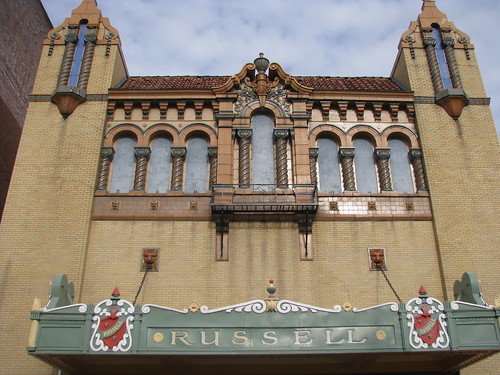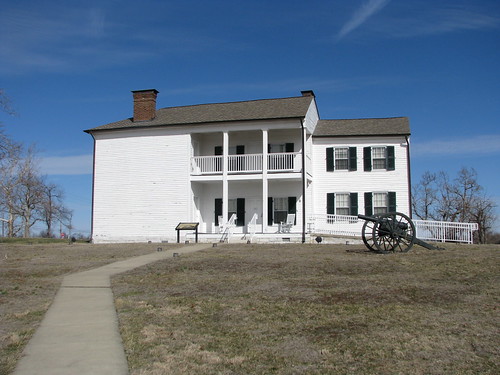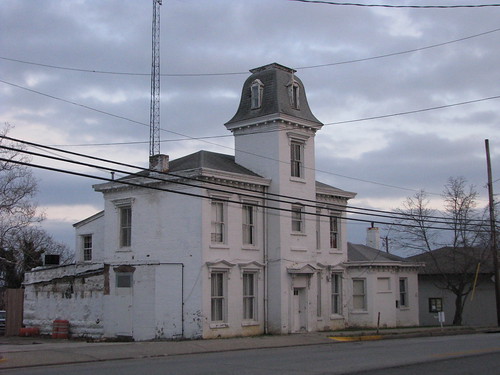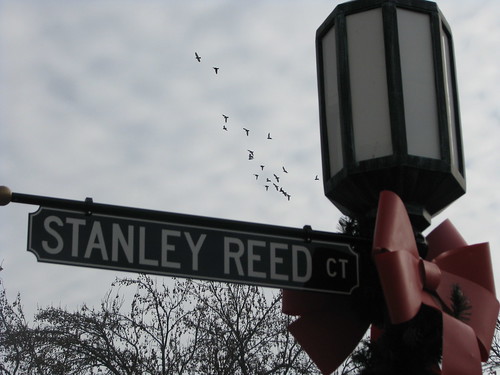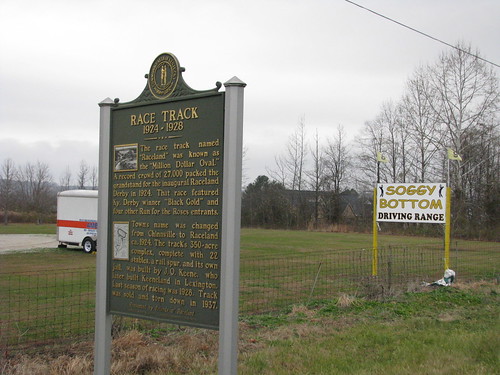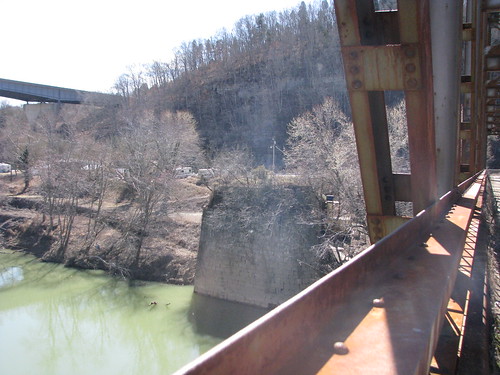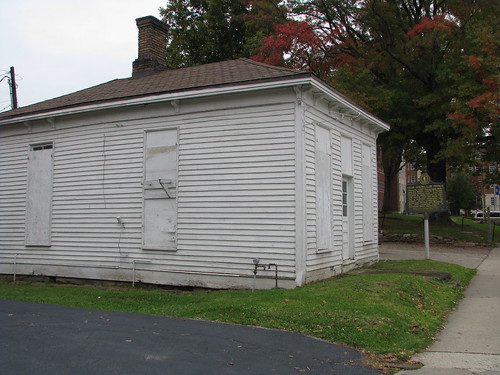 |
| Law Offices of Judge Allie Young, Morehead, Ky. |
From this office, Allie Young practiced law on behalf of Morehead’s citizens. He was also elected to the state senate (1924-1936) after having served as a Circuit Judge in Rowan County. While serving in the state senate, Young was the “moving political force” behind the General Assembly’s decision to establish Morehead State University as a state college (it wouldn’t be formally known as MSU until 1966). On campus, a dormitory built in 1926 is named after Young.
This small, unassuming, wood-sided structure caught my eye only because of its historic marker which indicated that Allie Young was a lawyer and a politico who steered the successful gubernatorial campaigns of William Goebel and J.C.W. Beckham. Although I didn’t recognize Young’s name, I did recognize the two names of these two governors (Goebel for his disputed election and subsequent assassination; Beckham for having a county named after himself only to have it dissolved as unconstitutional within 90 days).
But Allie Young, particularly as a judge, has stories of his own. His brother was an attorney who appeared before Judge Allie Young in the fall of 1905. During a jury selection, Judge Young found his brother in contempt and fined him $5. A brotherly spat ensued whereby the suggestion was made by Attorney Young that the fine be $15; after a few more rounds of conversation the fine was settled upon at $25 and 24 hours in jail. The local bar urged the Judge to reconsider, but he was steadfast: “In open Court my brother is to me the same as any other lawyer at this bar and he must treat the court with the same respect and dignity that any other lawyer would.” This story from Morehead was picked up by news organizations such as the Lexington Herald and the New York Times.

